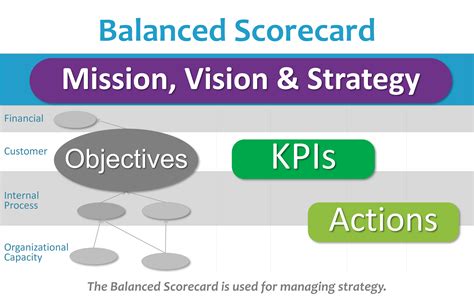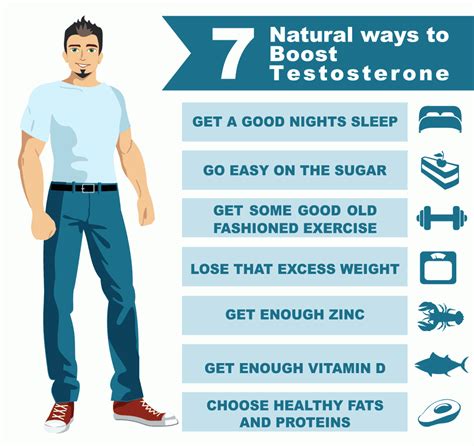How to smash strength plateaus for consistent gains & peak performance?

Every dedicated lifter eventually faces it: the dreaded strength plateau. You’re putting in the work, but your numbers just won’t budge. This common hurdle can be incredibly frustrating, leading to demotivation and a sense of stagnation. However, hitting a plateau isn’t a sign of failure; it’s an indication that your body has adapted to your current stimulus and it’s time to introduce new challenges. With the right strategies, you can not only break through these walls but also propel your strength and performance to new heights.
Understanding the Strength Plateau
A strength plateau occurs when your body stops responding to your current training regimen, leading to a halt in progress. This could manifest as inability to lift more weight, perform more reps, or improve your workout times. It often happens because your body has efficiently adapted to the stress you’re placing on it. Continuing the same routine without variation will yield diminishing returns as your muscles no longer perceive the training as a novel challenge requiring further adaptation.
Recognizing the signs of a plateau is the first step towards overcoming it. These include prolonged periods without improvement, increased fatigue, lack of motivation, and even minor aches or pains due to repetitive stress. It’s crucial to differentiate a true plateau from a temporary bad day or a slight dip in performance due to external factors like stress or poor sleep.

Key Reasons You’ve Stalled
Before implementing solutions, it’s helpful to identify the root cause of your plateau. Common culprits include:
- Insufficient Progressive Overload: The fundamental principle of strength training is to constantly increase the demand placed on your muscles. If you’re not consistently challenging yourself, growth will stop.
- Inadequate Recovery: Muscles grow when they rest and repair, not during the workout itself. Lack of sleep, high stress, and insufficient active recovery can hinder this process.
- Poor Nutrition: Your body needs fuel to perform and rebuild. Not eating enough calories, protein, or micronutrients can severely limit your ability to gain strength.
- Overtraining or Undertraining: Too much intensity or volume without proper recovery can lead to burnout. Conversely, not enough stimulus will prevent adaptation.
- Lack of Variation: Sticking to the exact same exercises, sets, and reps for too long allows your body to become overly efficient, reducing the stimulus for growth.
- Weak Links: Often, a specific muscle group or stabilizer limits your overall strength in a compound movement.
Strategy 1: Rethink Progressive Overload
Progressive overload isn’t just about adding more weight. It’s about continually increasing the stress on your muscles in various ways:
- Increase Weight: The most obvious, but not the only, method.
- Increase Reps or Sets: More volume can drive hypertrophy and strength endurance.
- Improve Form: Lifting the same weight with better technique means you’re moving it more efficiently and often hitting the target muscles harder.
- Decrease Rest Times: Shorter breaks between sets increase the intensity of your workout.
- Increase Time Under Tension (TUT): Slowing down the eccentric (lowering) or concentric (lifting) phase of an exercise can make even lighter weights feel heavier.
- Increase Frequency: Training a muscle group more often, assuming recovery is managed, can stimulate more growth.

Strategy 2: Optimize Recovery and Sleep
Recovery is paramount for strength gains. Without it, your body can’t repair muscle tissue or replenish energy stores. Aim for 7-9 hours of quality sleep per night. Incorporate active recovery like light walks, stretching, or foam rolling on rest days to improve blood flow and reduce muscle soreness. Manage stress levels, as chronic stress can elevate cortisol, a hormone that hinders muscle growth and promotes fat storage.
Strategy 3: Dial In Nutrition
Your diet fuels your performance and recovery. Ensure you’re eating enough calories to support your activity level and muscle growth. A caloric surplus is often necessary for significant strength gains. Prioritize protein intake (around 1.6-2.2g per kg of body weight) to provide the building blocks for muscle repair. Don’t neglect complex carbohydrates for energy and healthy fats for hormonal balance and overall health. Stay well-hydrated throughout the day, as dehydration can significantly impair performance and recovery.

Strategy 4: Implement Training Variations and Deloads
Switching up your routine can shock your body back into growth. This doesn’t mean changing everything every week, but rather introducing strategic variations:
- Exercise Swaps: Substitute a bench press with dumbbell press, or a back squat with a front squat for a few weeks.
- Rep Range Changes: If you typically train in the 5-8 rep range, try a few weeks in the 10-15 range to build work capacity, or a 1-3 rep range for pure strength.
- Periodization: Structure your training into phases (e.g., hypertrophy, strength, power) with varying intensity and volume.
- Deload Weeks: Every 4-8 weeks, reduce your training volume and intensity (e.g., 50-70% of usual weight/reps) for a week. This allows your body to fully recover and prepares it for a new growth cycle.
- Accessory Work: Identify and strengthen your weak links. For example, if your bench press is stalled, perhaps strengthen your triceps, shoulders, or upper back with targeted accessory exercises.

Strategy 5: Address Weak Links and Mindset
Often, a specific muscle group or stabilizer is holding back your compound lifts. Analyze your sticking points in exercises. For example, if you consistently fail at the bottom of a squat, your glutes or adductors might be weak. If you fail halfway up a bench press, your triceps could be the limiting factor. Incorporate targeted accessory exercises to strengthen these areas.
Finally, your mindset plays a huge role. Stay consistent and patient. Understand that plateaus are a normal part of the journey. Visualize success, set new challenging (but realistic) goals, and track your progress meticulously to see how far you’ve come and what needs adjustment. A positive and determined attitude can be a powerful tool in overcoming any training barrier.

Conclusion
Breaking through a strength plateau requires a multi-faceted approach, combining smart training adjustments with meticulous attention to recovery, nutrition, and mindset. By understanding why plateaus occur and systematically applying these strategies, you’ll not only overcome current hurdles but also develop a more resilient and adaptable body. Embrace the challenge, stay consistent, and watch your strength and performance reach new, unprecedented levels.







